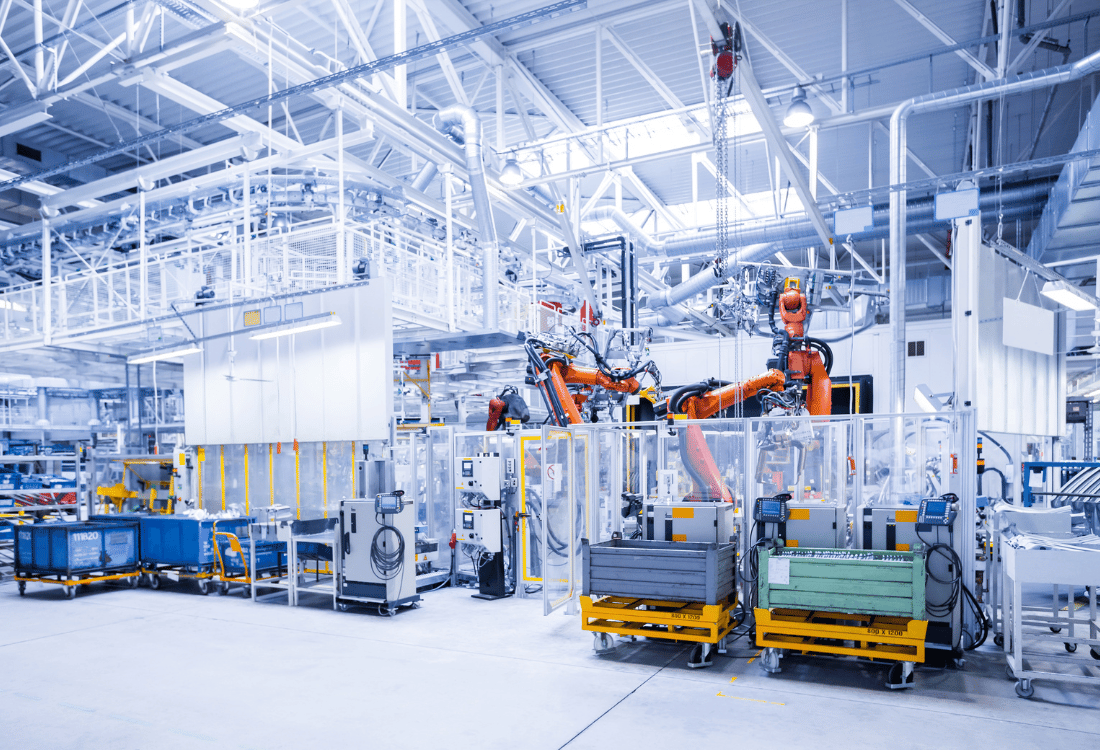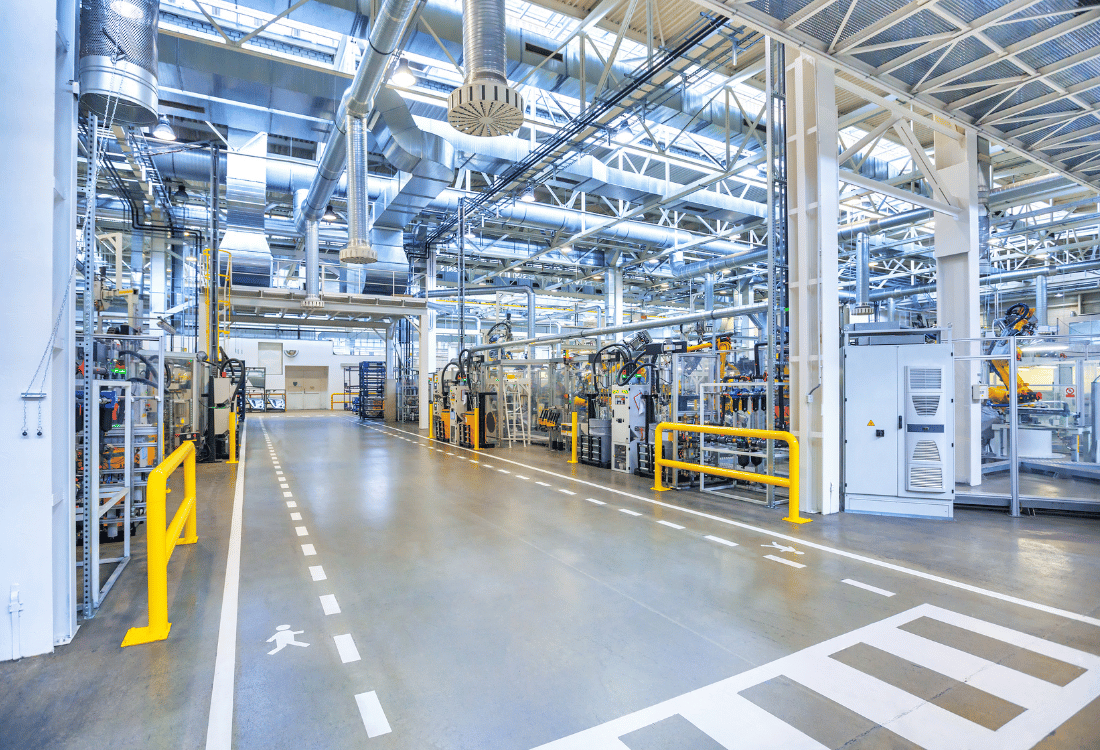3 Tips on How To Clean ESD Flooring For Long Lasting Floors
Electrostatic discharge (ESD) flooring plays a key role in protecting sensitive electronic equipment. This is especially true in industries like manufacturing, pharmaceuticals and IT where equipment can be particularly susceptible to atmospheric and environmental changes.
However, in order to maintain its conductivity and effectiveness over time, ESD flooring needs to be cared for in the correct way. What this means in practice is that cleaning is not just about the visual appearance and sanitary condition of the floor (although this is very important), but it is also about performance, durability and preserving the floor’s static-control properties.
With this in mind, here are three top tips on how to clean ESD flooring to ensure it lasts longer and continues to perform.
1. Choosing The Right Cleaning Solutions
One of the biggest mistakes people make when caring for ESD flooring is using standard commercial cleaners or harsh chemicals. These products may do a good job of cleansing the surface and create the sensation of cleanliness, but they also leave behind residues that can compromise the floor’s conductive properties. Even worse, they might even potentially damage the surface over time, leading to the need for expensive repairs or even a total replacement.
That’s why it is so important that you only choose cleaning products that are specifically designed for ESD flooring specifications. These anti-static cleaners are formulated to clean thoroughly without leaving behind any insulating films or residues that could hinder conductivity. If you have any doubts about the suitability of any cleaning product, it is always best to check with the flooring manufacturer or installer. This is the best way to guarantee compatibility with the specific materials used in the floor construction.
In general, you should avoid wax-based cleaners and abrasive or acidic solutions, which usually include products with strong fragrances or dyes. Instead, go for neutral pH cleaners or specific anti-static floor detergents. Most floor manufacturers will be able to recommend ESD-safe cleaning agents.
2. Deep Cleaning Techniques
While regular maintenance as part of a hygiene regime is important, periodic deep cleaning is also essential for preserving the performance of ESD floors. Over time, dirt and residue can build up in low-traffic areas or spaces that are less frequently cleaned. It’s also true that dirt can gather within textured flooring surfaces. A deep clean will help to remove these contaminants in a way that regular mopping might miss.
In order to carry out a thorough clean, it may be a good idea to use an auto-scrubber with soft, non-abrasive pads. However, it is very important that this equipment is grounded and fitted with anti-static components – this will avoid static buildup during cleaning. Make sure you clean all areas of the floor consistently and thoroughly, and ideally rinse with clean, de-ionized water before any cleaning products can dry. Be sure to remove excess moisture immediately.
3. Implementing Preventive Maintenance
Preventative maintenance not only extends the life of your ESD flooring but also reduces cleaning frequency and cost. It helps to minimise the introduction of dirt, dust and static-insulating materials into the environment. Proactive measures you can take include the introduction of:
- Entry mat systems
- ESD footwear protocols
- Regular inspections
- Employee training
ESD flooring is a vital asset in any static-sensitive environment. But by following the above advice you can keep your flooring in ideal condition for protecting your equipment. To find out more about ESD floors and maintenance, get in touch with our team here at Central Flooring Services.
You May Also Like
These Related Stories

How Does ESD Flooring Work?
.png)
A Contractors Quick Guide To Types Of Resin Flooring


